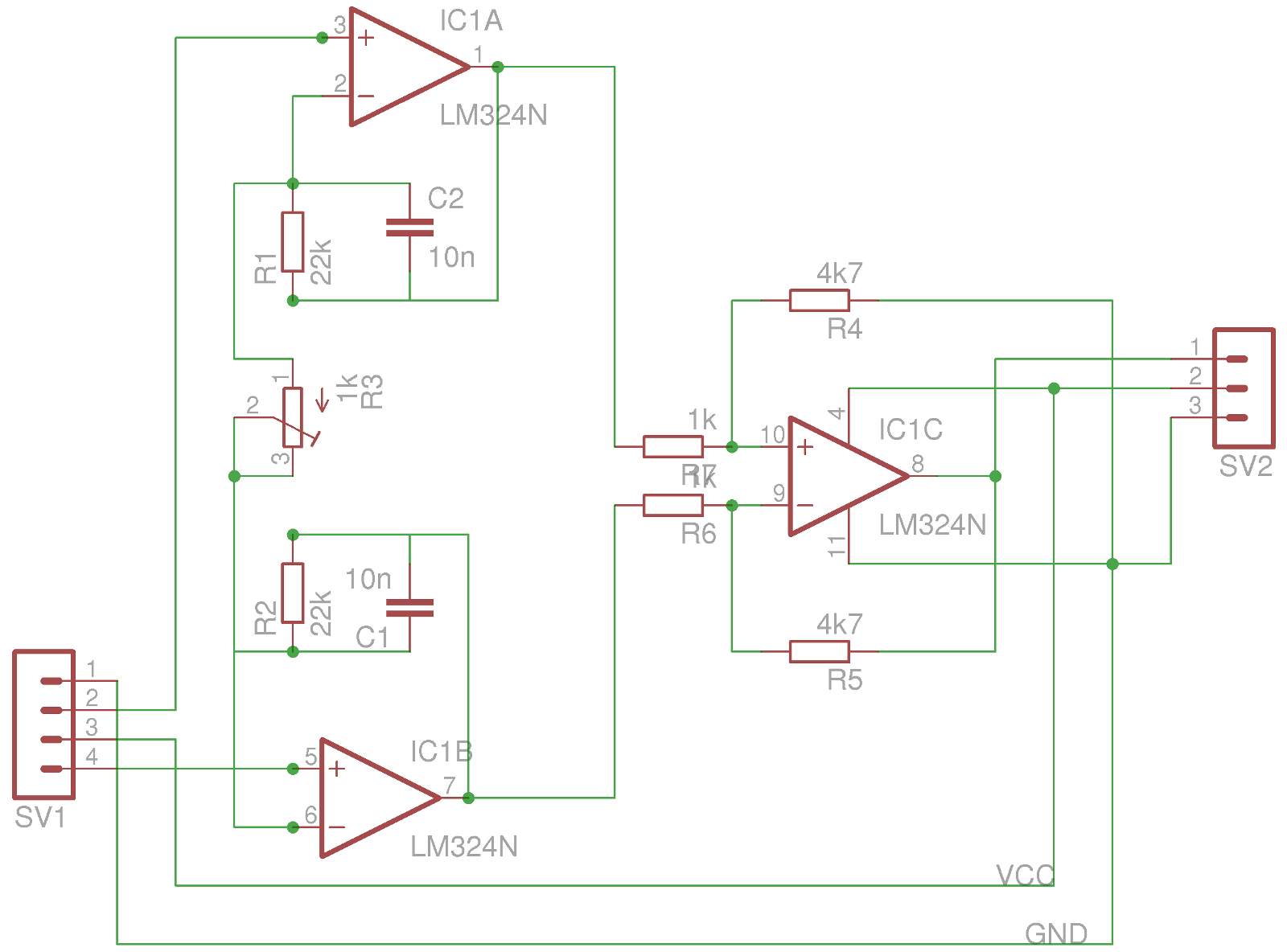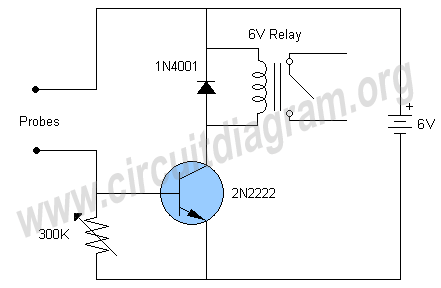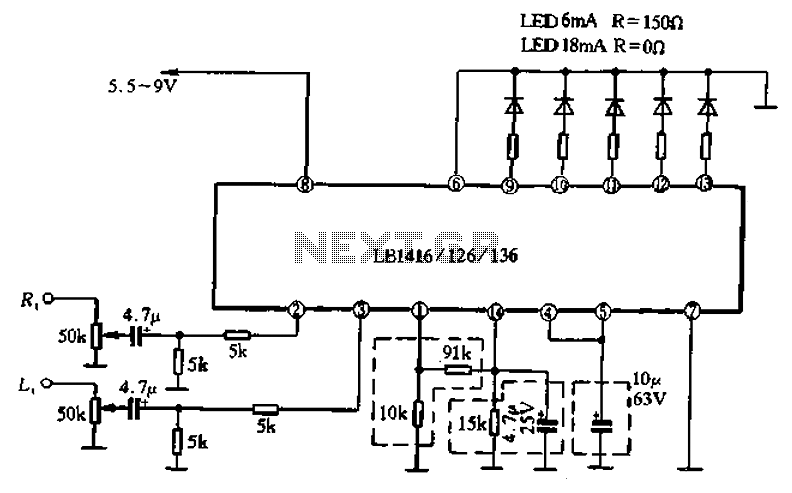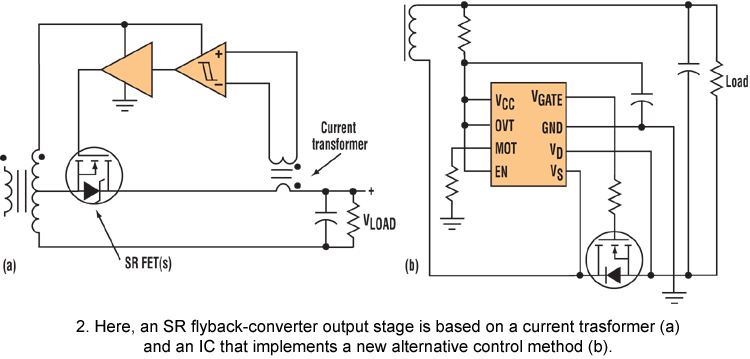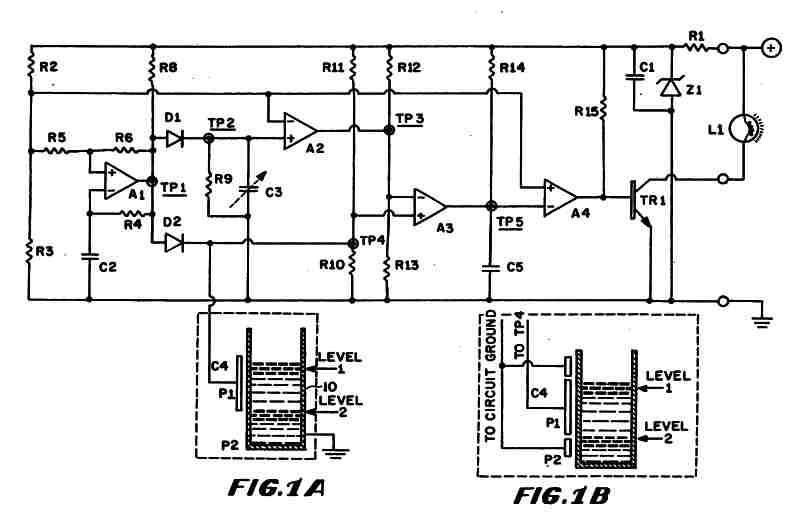
Electronics Level 1
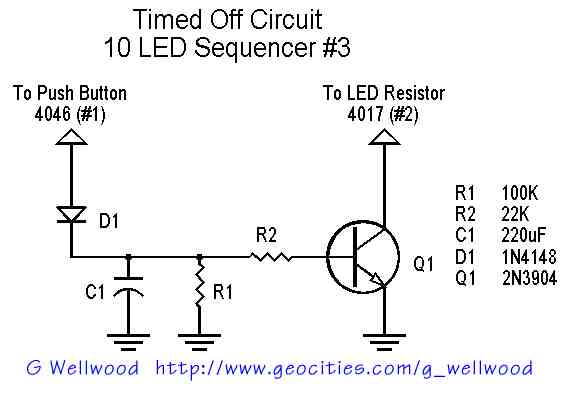
The Practical Shop Work Mark is based on productivity, work habits, safety, and cleanup while working on assigned projects or labs. Students will complete a Technical Activity Report detailing work accomplished at the end of each period, which will be graded out of 5 each day. Various labs will be assigned. This is an educational facility, not a repair facility; therefore, no external or paid work is permitted. Mr. Wellwood will not perform tasks for students, whether it involves using tools, service manuals, or troubleshooting. Students are the driving force behind their success in this course. Commitment from students will be met with support from the instructor.
The Practical Shop Work Mark system emphasizes the development of essential skills in a structured educational environment. Each student's performance is evaluated based on specific criteria, including productivity, adherence to safety protocols, effective work habits, and thorough cleanup practices. The Technical Activity Report serves as a reflective tool, allowing students to document and assess their daily progress on various assigned projects and labs.
The grading system, which allocates a maximum of 5 points per day, encourages consistent engagement and accountability. By focusing on a series of diverse labs, students can gain hands-on experience that reinforces theoretical knowledge. This practical approach is designed to cultivate a deeper understanding of the subject matter while fostering a sense of responsibility and self-motivation.
The policy against external work ensures that the educational experience remains focused on skill development rather than commercial gain. This approach is vital for maintaining the integrity of the learning environment, where students are encouraged to explore and troubleshoot independently. Mr. Wellwood's role as an instructor is to provide guidance and support rather than to perform tasks on behalf of the students. This philosophy promotes autonomy and empowers students to take ownership of their learning journey.
Overall, the Practical Shop Work Mark framework is structured to enhance the educational experience, instilling valuable work ethics and practical skills that are essential for success in the field.The Practical Shop Work Mark is based on productivity, work habits, safety and cleanup while working on assigned projects, or assigned labs. The student will fill out a Technical Activity Report of work completed at the end of each period which will be assessed a mark out of 5, per day.
A variety of labs will be assigned. This is an Educational Fa cility not a Repair Facility, and as such, no outside work or for money work is to be done. Mr. Wellwood will not do the work for you, be it using the tools, using the service manuals, or troubleshooting. YOU are the motivational force behind your success in this course. You give me your commitment, I will give you my help. 🔗 External reference
The Practical Shop Work Mark system emphasizes the development of essential skills in a structured educational environment. Each student's performance is evaluated based on specific criteria, including productivity, adherence to safety protocols, effective work habits, and thorough cleanup practices. The Technical Activity Report serves as a reflective tool, allowing students to document and assess their daily progress on various assigned projects and labs.
The grading system, which allocates a maximum of 5 points per day, encourages consistent engagement and accountability. By focusing on a series of diverse labs, students can gain hands-on experience that reinforces theoretical knowledge. This practical approach is designed to cultivate a deeper understanding of the subject matter while fostering a sense of responsibility and self-motivation.
The policy against external work ensures that the educational experience remains focused on skill development rather than commercial gain. This approach is vital for maintaining the integrity of the learning environment, where students are encouraged to explore and troubleshoot independently. Mr. Wellwood's role as an instructor is to provide guidance and support rather than to perform tasks on behalf of the students. This philosophy promotes autonomy and empowers students to take ownership of their learning journey.
Overall, the Practical Shop Work Mark framework is structured to enhance the educational experience, instilling valuable work ethics and practical skills that are essential for success in the field.The Practical Shop Work Mark is based on productivity, work habits, safety and cleanup while working on assigned projects, or assigned labs. The student will fill out a Technical Activity Report of work completed at the end of each period which will be assessed a mark out of 5, per day.
A variety of labs will be assigned. This is an Educational Fa cility not a Repair Facility, and as such, no outside work or for money work is to be done. Mr. Wellwood will not do the work for you, be it using the tools, using the service manuals, or troubleshooting. YOU are the motivational force behind your success in this course. You give me your commitment, I will give you my help. 🔗 External reference
